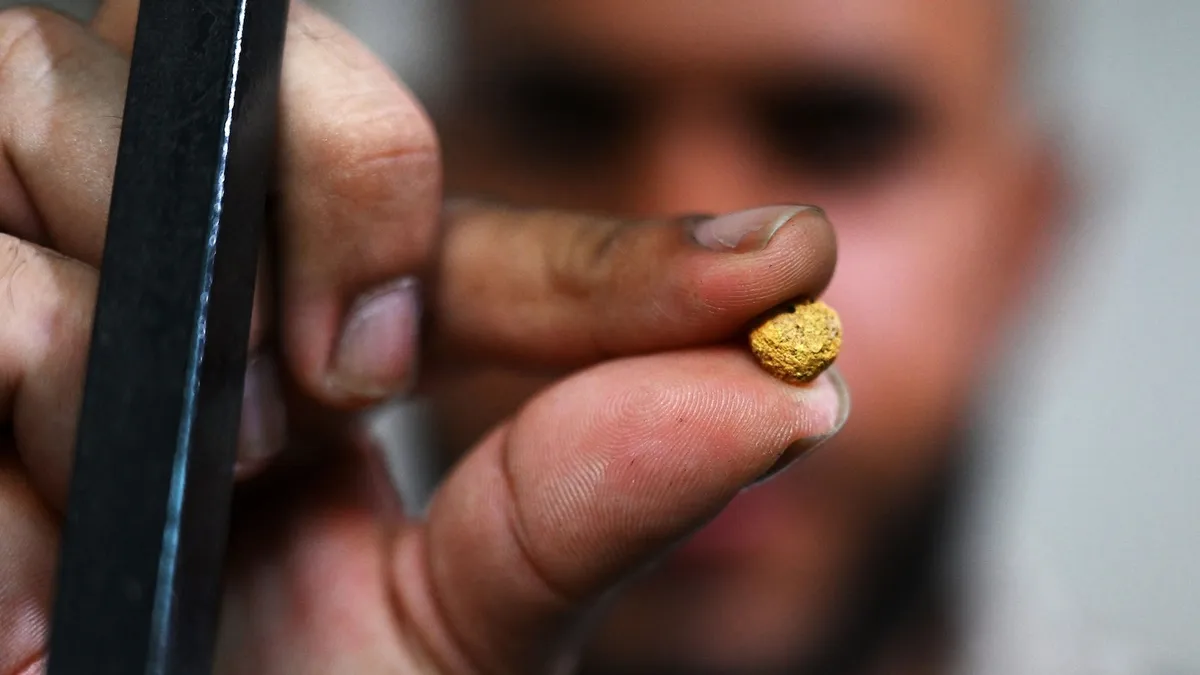
In a stunning achievement reminiscent of the legendary pursuits of medieval alchemists, researchers at Europe's Large Hadron Collider (LHC) have successfully transformed lead into gold. This groundbreaking process results in the production of an impressive 89,000 gold atoms every second. The LHC, renowned as the world's largest particle accelerator, operates by smashing atoms at extraordinarily high speeds, enabling scientists to explore the fundamental building blocks of matter.
The team responsible for this remarkable discovery, known as the ALICE collaboration, has devised an innovative method to create gold. Rather than engaging in direct collisions of lead atoms, the researchers focused on the interactions that occur when lead atoms barely miss each other. This unique approach allows the powerful electromagnetic fields surrounding the atoms to induce transitions into different elements, including gold.
Marco Van Leeuwen, the lead of the ALICE project, commented on the significance of their findings, stating, “It’s impressive that our detectors can handle both major collisions that create thousands of particles and these smaller events that produce just a few particles at a time.”
During a series of experiments conducted between 2015 and 2018, the scientists successfully created approximately 86 billion gold atoms. While this figure might sound substantial, the total weight of the gold produced is merely 29 picograms—less than a trillionth of a gram. To put this into perspective, one would need trillions of times more gold to craft even a tiny piece of jewelry.
The LHC's capacity to generate about 89,000 gold atoms each second is noteworthy; however, each atom exists for only a fleeting moment before disintegrating. Recent upgrades to the LHC have nearly doubled the amount of gold produced, yet the process remains far from being practical for commercial purposes.
According to Uliana Dmitrieva, a scientist associated with the ALICE collaboration, this marks the first occasion that researchers can detect and study gold production at the LHC in such a manner. “Thanks to the unique capabilities of the ALICE ZDCs, the present analysis is the first to systematically detect and analyze the signature of gold production at the LHC experimentally,” Dmitrieva remarked in a recent press release.
However, the research extends beyond the mere creation of gold. John Jowett, another prominent scientist on the team, emphasized that these experiments significantly contribute to our understanding of particle behavior. This knowledge is crucial for enhancing the LHC’s performance and for the design of future particle colliders. “The results also test and improve theoretical models of electromagnetic dissociation, which, beyond their intrinsic physics interest, are used to understand and predict beam losses that are a major limit on the performance of the LHC and future colliders,” Jowett stated.
In conclusion, the successful transformation of lead into gold at the LHC not only showcases the incredible capabilities of modern science but also deepens our understanding of particle physics. This research could pave the way for advancements in the field and inspire future innovations in particle collider technology.